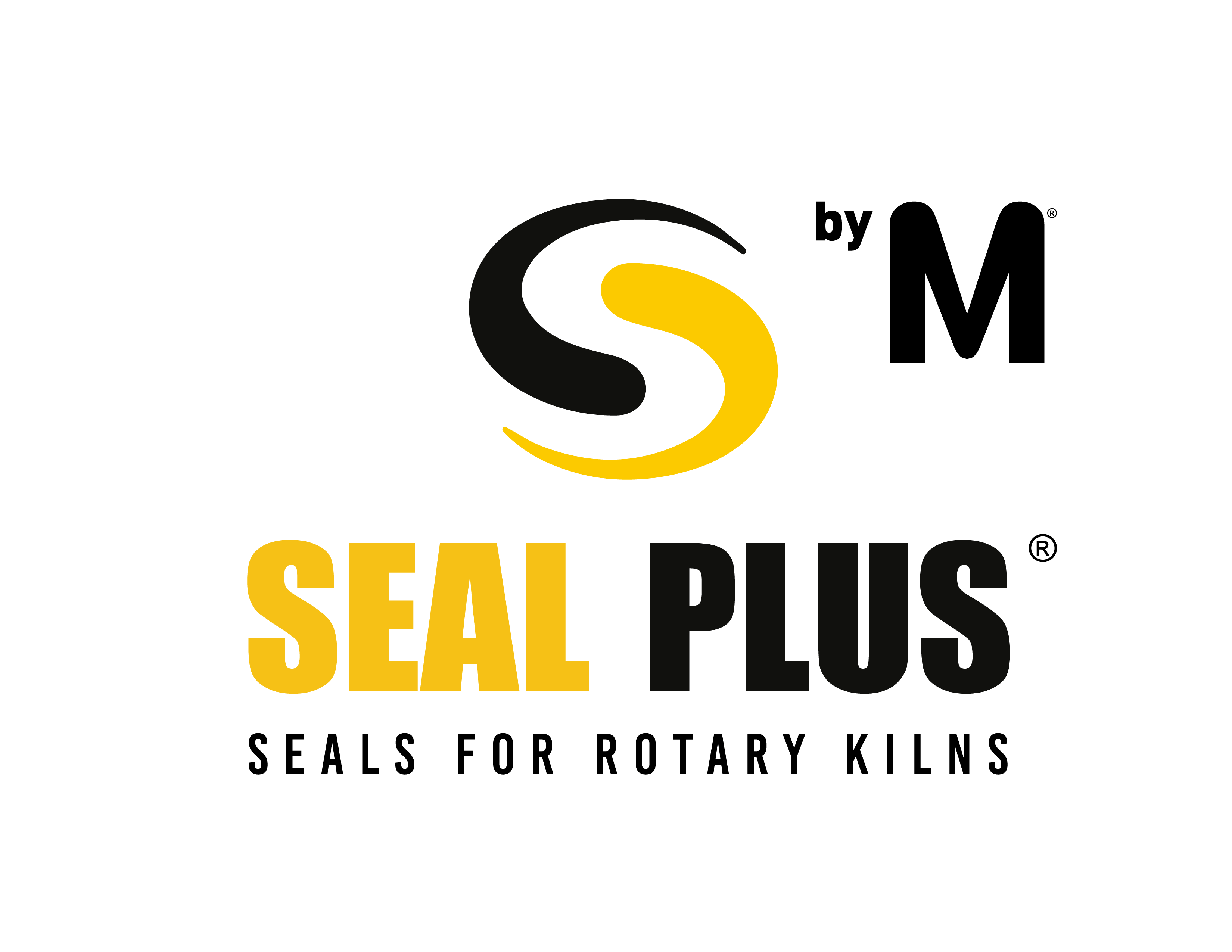In 2025, Cemex will install a tertiary mill at its Alicante plant in Spain. The purpose is to reduce CO2 emissions by eliminating fossil fuels.
This project will come into effect in the first quarter of the following year and its investment will be 6 million euros with a portion of 4.4 million that comes from MINCOTUR (Ministry of Industry, Energy and Tourism).
The new mill, Molentis, will reduce the size and humidity of the Refuse-derived fuel (RDF), which will help increase the amount of this alternative fuel.
RDFs are more sustainable than fossil fuels and are a very good alternative with high calorific value. Its high biomass content results in fewer CO2 emissions. By using them as industrial fuel, the circular economy is introduced in this process, taking into account that this resource is a waste that until recently was discarded and posed a risk to the environment.
In this way, Molentis will contribute to an 8% increase in the use of RDFs in threir kiln, making it possible to avoid annual emission of 6,700 tons of CO2, which could be equivalent to 1,300 gasoline vehicles in circulation for one year.
The company has invested for several years in innovation projects at this plant. Some examples are the new technology that has allowed hydrogen to be incorporated into the fuel mix that powers its cement kiln and its sludge drying facility, one of a kind in Spain, which transforms sludge from the city’s treatment plants into fuel by only using the kiln’s heat.
Cemex will continue to implement these projects, among others, with the goal of reducing to zero the carbon emissions at the plant by 2050.


